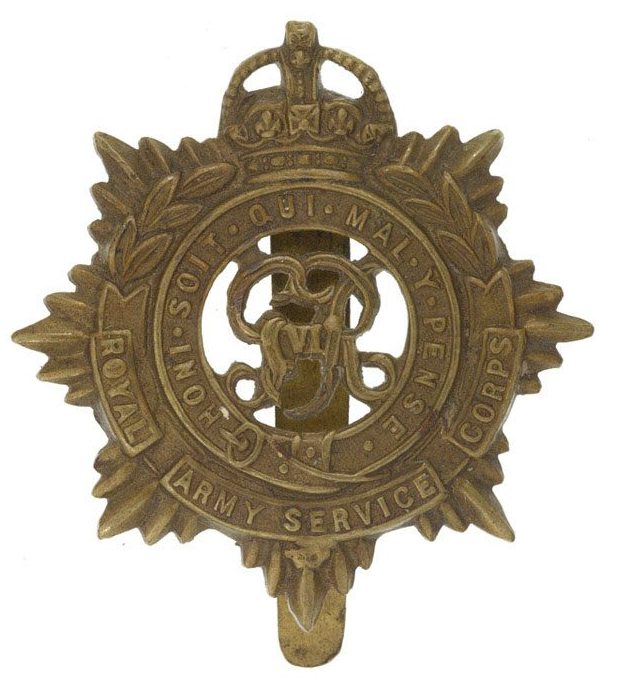Personal Details
Born: 29th January 1885
Family: Andrew was the sixth of eight children born to Thomas and Elizabeth. He married Clara Snape on 29 April 1913 in Market Drayton. They had one child Albert B born in 1914.
Residence: Born in Aston, Birmingham, Warwickshire where the family lived until at least 1901. By 1911 Andrew had left home and was boarding in Market Street, Wolverhampton, Staffordshire. Six years later, when he enlisted, his address was 26 High Street, Whitchurch, Shropshire. In 1920 he was living at 9 Station Road, Whitchurch, Shropshire but by 1939 he and Clara had moved to 2 Wayland Road in Whitchurch, a home they shared with their son and his family. It was at this address he died ten years later.
Employment: At age 16 he was working as a fibre plate driller. Ten years later in 1911 he was employed as cinematograph operator in a music hall. In 1917 he was doing the same job in Whitchurch, presumably at a cinema. After WW1 he continued as a cinema operator but by 1939 had retired from that job due to illness
Died: Aged 64 and buried 13 April 1949 in Whitchurch cemetery.
Military Details
Regiment: Army Service Corps/motor transport
Rank: Private
Service Number: M/302880
Date of Enlistment: 24th March 1917
Date of Discharge: 29th March 1920
Reason for Discharge: Demobilisation
Other Information: Served in France attached to “I” Tank battalion, later the 9th. Transferred to Rhine Army 18th Dec 1919 and was the part of the allied force occupying Germany, based in Cologne.
Andrew was awarded the Campaign Medals (British War Medal, and Victory Medal).

The British War Medal (also known as 'Squeak') was a silver or bronze medal awarded to officers and men of the British and Imperial Forces who either entered a theatre of war or entered service overseas between 5th August 1914 and 11th November 1918 inclusive. This was later extended to services in Russia, Siberia and some other areas in 1919 and 1920. Approximately 6.5 million British War Medals were issued. Approximately 6.4 million of these were the silver versions of this medal. Around 110,000 of a bronze version were issued mainly to Chinese, Maltese and Indian Labour Corps. The front (obv or obverse) of the medal depicts the head of George V. The recipient's service number, rank, name and unit was impressed on the rim.
The Allied Victory Medal (also known as 'Wilfred') was issued by each of the allies. It was decided that each of the allies should each issue their own bronze victory medal with a similar design, similar equivalent wording and identical ribbon. The British medal was designed by W. McMillan. The front depicts a winged classical figure representing victory. Approximately 5.7 million victory medals were issued. Interestingly, eligibility for this medal was more restrictive and not everyone who received the British War Medal ('Squeak') also received the Victory Medal ('Wilfred'). However, in general, all recipients of 'Wilfred' also received 'Squeak' and all recipients of The 1914 Star or The 1914/1915 Star (also known as 'Pip') also received both 'Squeak' and 'Wilfred'. The recipient's service number, rank, name and unit was impressed on the rim.

